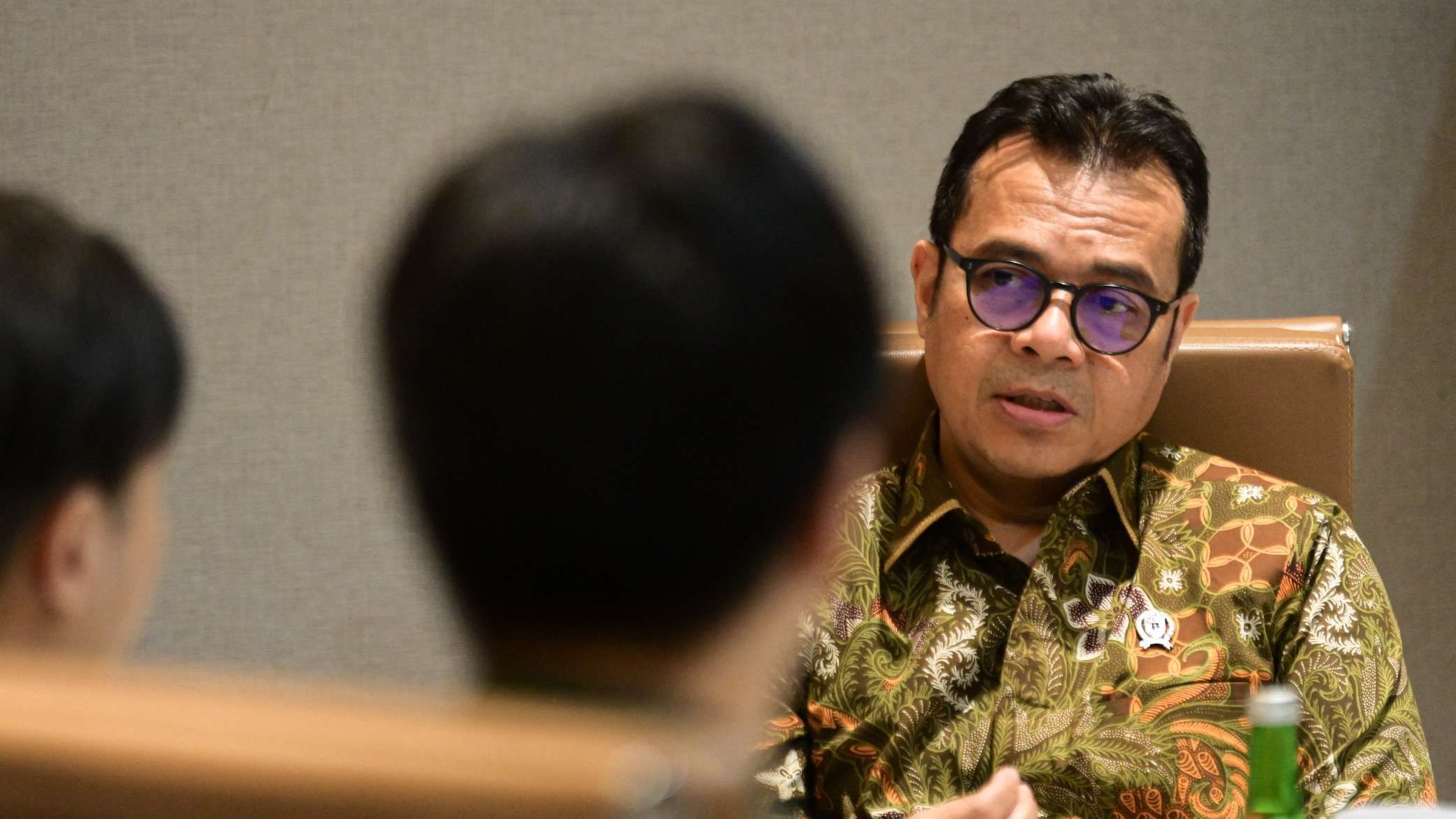Indonesia is moving swiftly to establish comprehensive Indonesia AI regulation through a Presidential Regulation (Perpres) and a national roadmap aimed at strengthening governance across sectors. Spearheaded by the Ministry of Communication and Digital Affairs, this initiative addresses legal gaps and serves as a strategic guide for ethical and safe AI development and utilization in critical industries. This article delves into the regulatory framework, roadmap development process, sectoral applications, and the longer-term implications of this evolving Indonesia AI regulation.
National Framework and Presidential Regulation
The cornerstone of the Indonesia AI regulation initiative is the upcoming Presidential Regulation, which will codify governance rules for all agencies. Vice Minister Nezar Patria confirms this regulation will complement existing laws, such as the Information and Electronic Transactions Law, Personal Data Protection Law, and Criminal Code, ensuring robust compliance and risk management across sectors.
The regulation consolidates ethical AI principles, use case boundaries, and liability standards. By establishing enforceable rules grounded in ethical safeguards, Indonesia’s AI regime fosters public trust and responsible innovation.
Strategic Roadmap with Quad Helix Collaboration
Alongside the regulatory framework, a national AI roadmap is being shaped through a Quad Helix approach—bringing together government, academia, industry, and civil society. With technical assistance from JICA and BCG, this roadmap is expected by end of July.
Key roadmap pillars include:
- Infrastructure and data governance
- Talent development and research capacity
- Ethical use cases and sector-specific standards (healthcare, finance, transport, education)
- AI safety and public awareness initiatives
This collaborative foundation ensures the Indonesia AI regulation roadmap reflects national context, cultural values, and local needs.
Sectoral Applications and Ethical Safeguards
The roadmap lays out how Indonesia AI regulation will guide AI adoption in strategic sectors:
- Transport: implement AI in traffic management, safety monitoring, and logistics optimization under strict data privacy controls.
- Education: embed AI tools to promote personalized learning, supplemented by educators while safeguarding student data.
- Healthcare: deploy AI for diagnostics and patient monitoring, subject to medical ethics, consent, and performance validation.
- Financial Services: strengthen secure-by-design principles and guardrails for automated decisions in banking and fintech industries.
Each sectoral pathway integrates monitoring, iterative evaluation, and transparency, underscoring that innovation must align with protection and accountability.
Governance Mechanisms and Legal Foundations
The Perpres will introduce clear governance mechanisms:
- Defined roles and responsibilities for agencies, developers, and users
- Licensing, audits, and compliance frameworks matched to use case criticality
- Enforcement measures and liabilities for misuse
By anchoring rules within a Presidential Regulation, Indonesia signals its commitment to AI regulation that is timely, enforceable, and adaptive. The roadmap will also define oversight mechanisms, feedback channels, and roadmap updates synced with technological evolution.
Balancing Innovation and Protection
A central theme in Indonesia AI regulation is maintaining a balance between fostering innovation and safeguarding society. The regulation encourages flexibility by adopting a "pilar approach" featuring ethical labeling and content standards, while supporting a sandbox environment for AI experimentation, as announced by Ministry leadership.
This dynamic regulatory philosophy protects the public from risks like data misuse or biased decisions without obstructing developers and startups driving economic growth.
Challenges and Critical Success Factors
Despite strong foundations, the success of Indonesia AI regulation depends on:
- Public awareness and education: Empowering communities to understand AI’s risks and benefits.
- Tailored roadmap with cultural context: Regulation must align with Indonesia’s values and heritage.
- Capacity building across sectors: Ensuring regulators and practitioners understand AI technology.
- Coordination across stakeholders: Aligning multiple ministries and sectors to avoid duplication or conflicts.
Robust coordination and inclusive consultation will determine whether the regulation becomes a strategic asset or a bureaucratic burden.
Global Trends and Comparative Lessons
Indonesia’s approach reflects global best practices:
- Multi-stakeholder governance aligns with EU’s AI Act framework
- Sector-tailored regulation resembles Singapore and Japan’s AI policies
- Ethical AI labeling parallels efforts in Europe and the US
By learning from international models and adapting them to local conditions, Indonesia AI regulation aims to position the country as a responsible AI adopter in Southeast Asia.
The unfolding Indonesia AI regulation marks a proactive and inclusive shift toward regulated AI governance in Indonesia. Through a Presidential Regulation and a co-created roadmap, the government intends to guide AI use across key sectors while preserving ethical principles, safeguarding communities, and promoting innovation. If implemented with transparency and stakeholder inclusion, this framework could set a strong foundation for safe, ethical, and competitive AI growth.
Read More






 Sunday, 14-12-25
Sunday, 14-12-25







